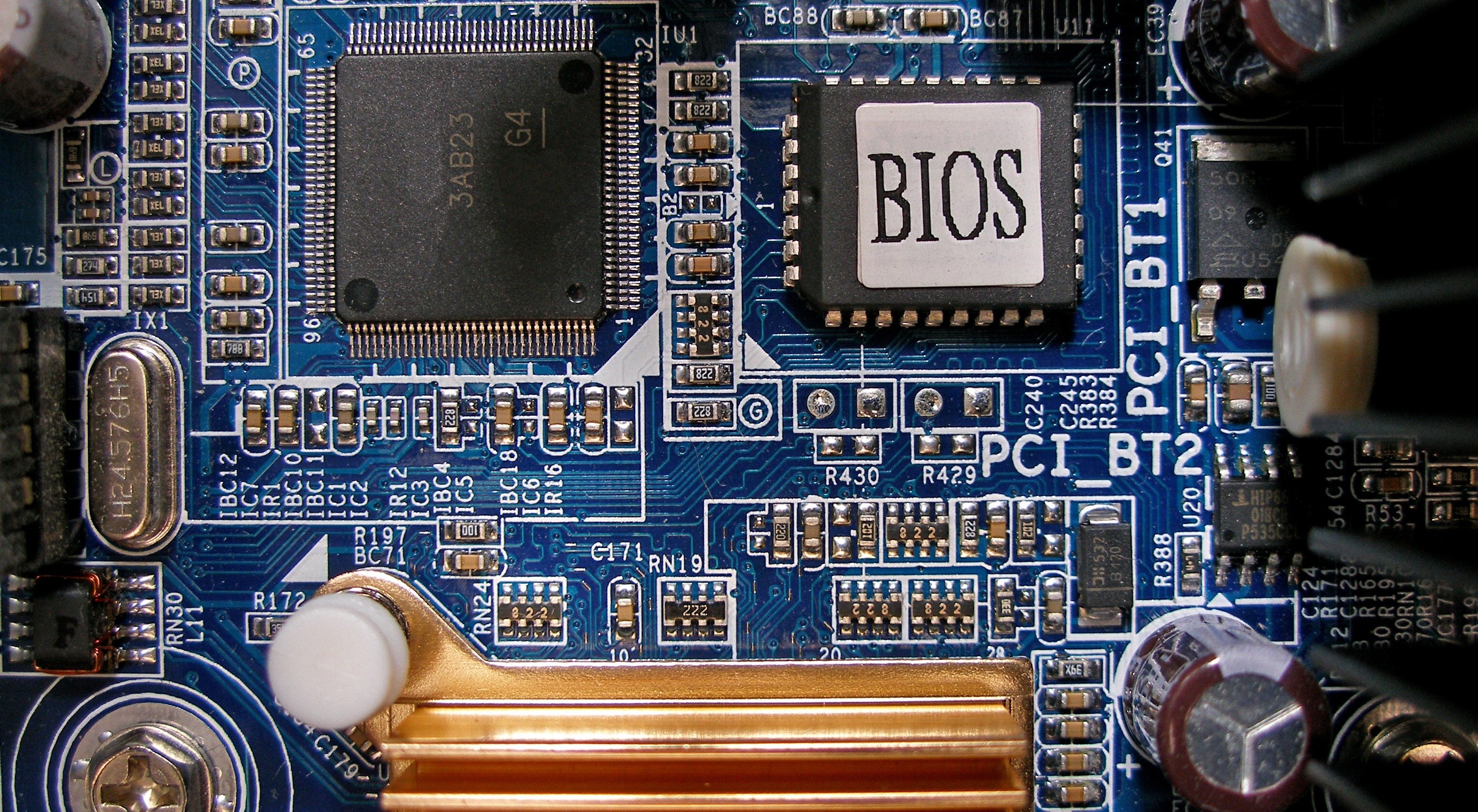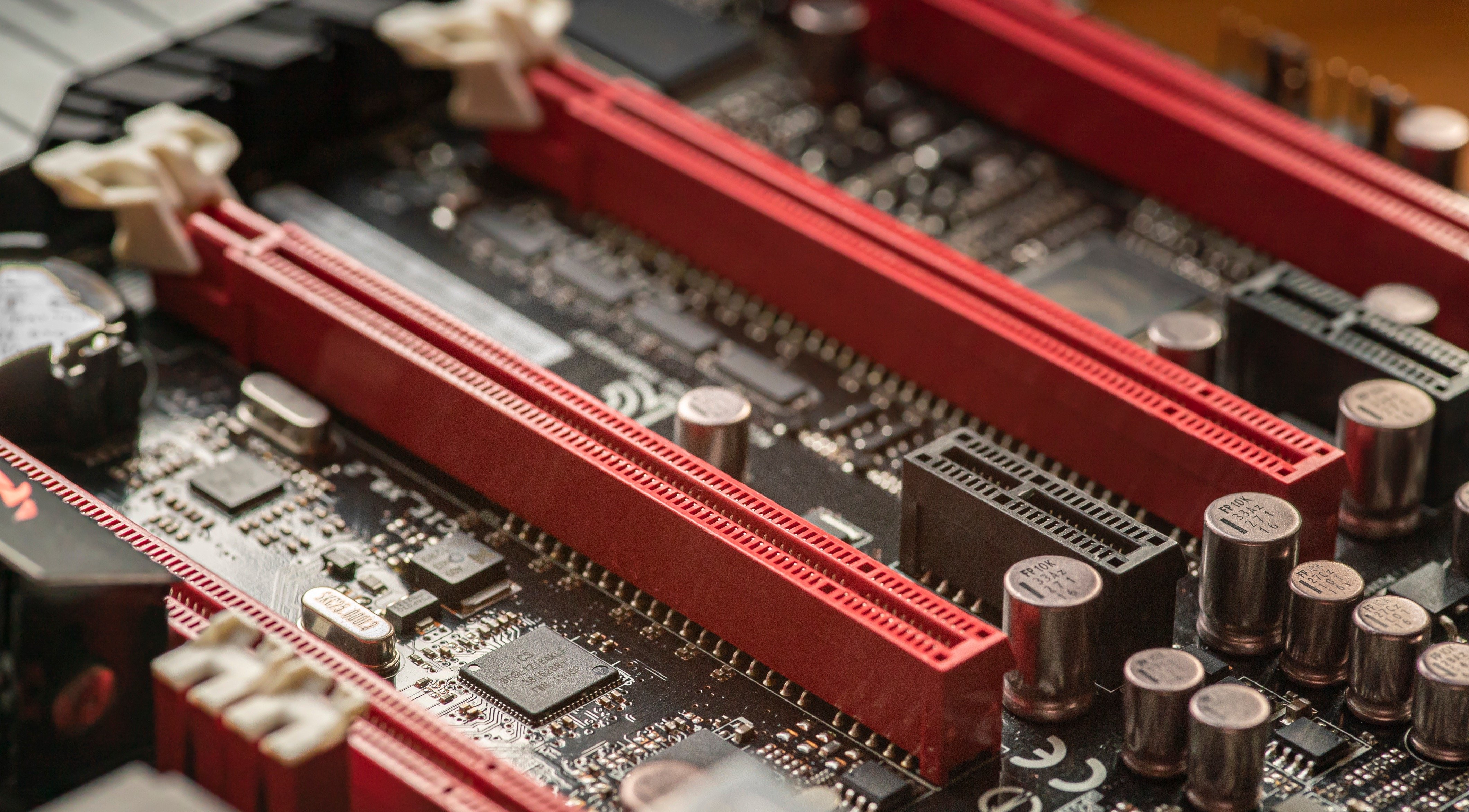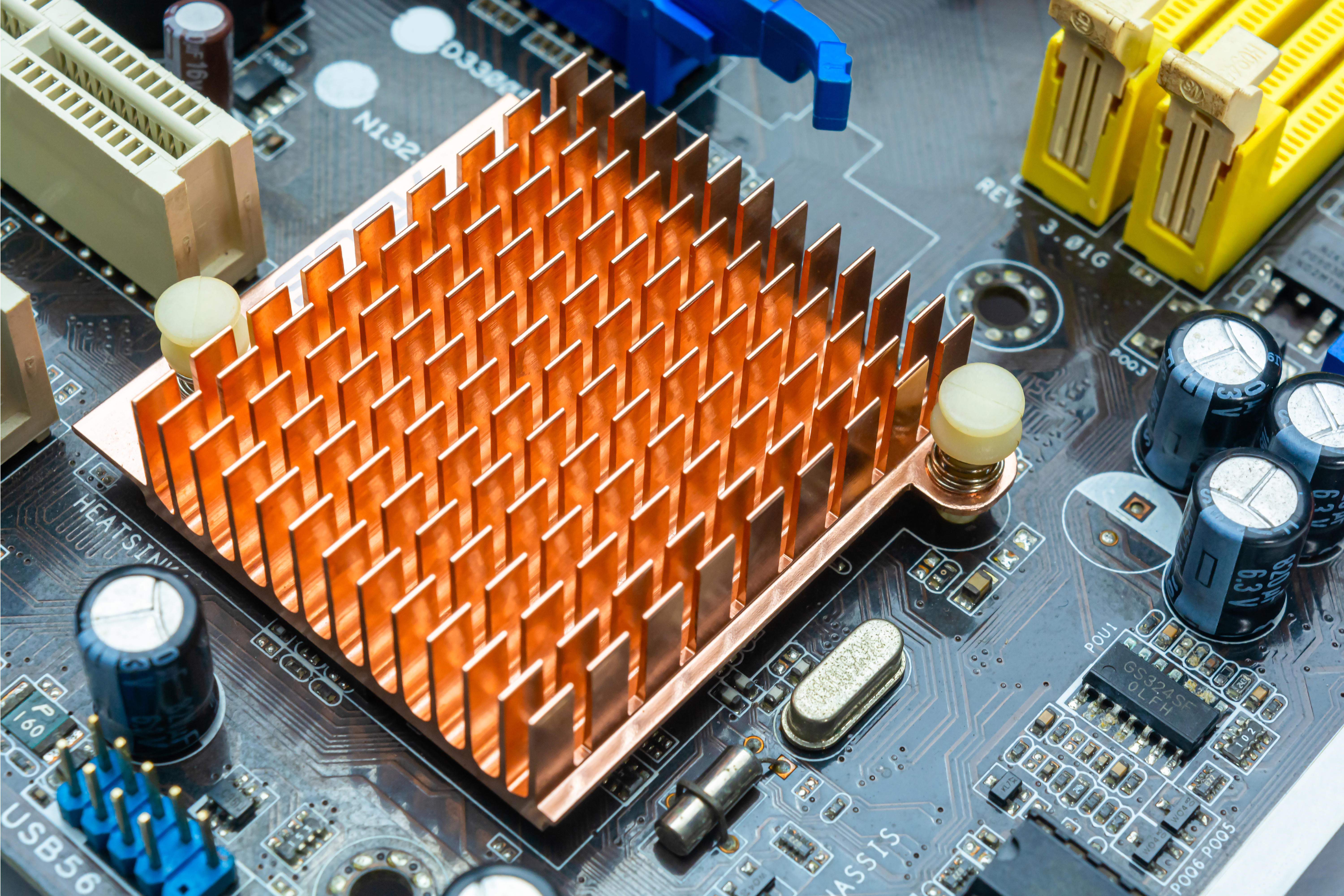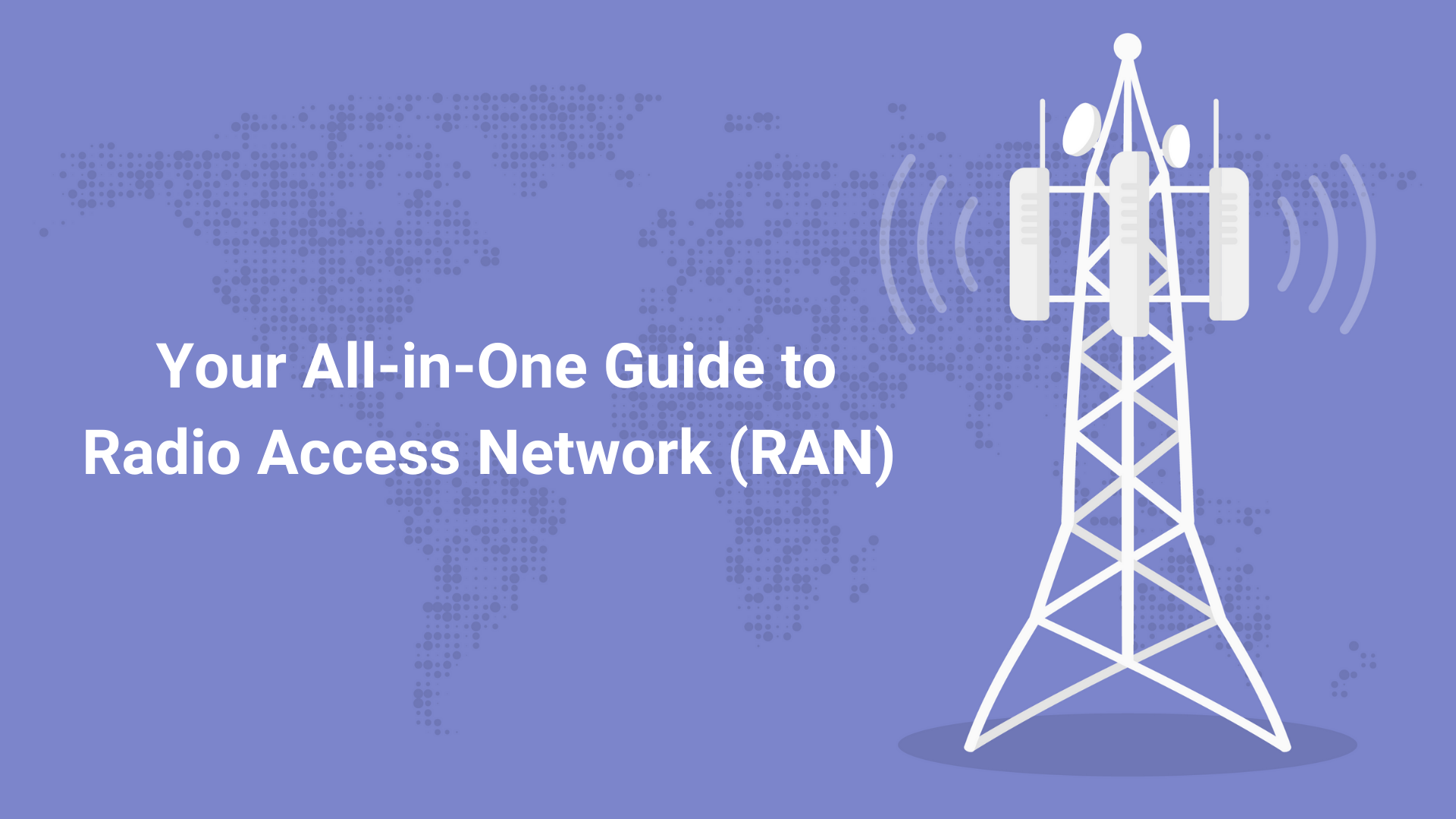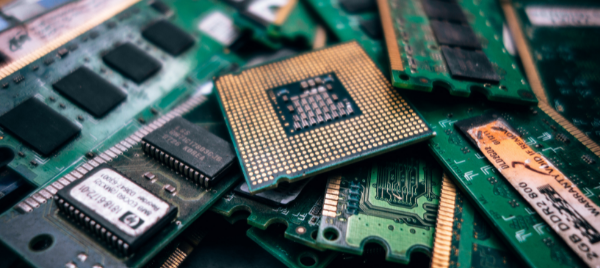What is SWaP-C?
by Christopher Trick on Jun 1, 2022 7:58:52 AM
Throughout the military, commercial, and industrial landscape, there is a need for computers to be optimized for size, weight, power, and cost (SWaP-C). Learn what SWaP-C is and why it is an integral part of crafting computing solutions for a wide array of environments across the mode …
The Importance of JADC2 (Joint-All-Domain Command and Control)
by Cody Bickford on May 25, 2022 4:29:49 PM
Rapid changes in the global security environment are presenting new challenges to the U.S. military and ability of the Joint Force to maintain and guard our informational and decision-making advantage over our adversaries. In this blog, you'll learn why JADC2 is critical in empowering …
What is BIOS (Basic Input/Output System)?
by Christopher Trick on May 25, 2022 11:05:41 AM
Right after a computer is turned on, it is important to make sure that there are no issues with hardware that could potentially compromise the computer's functionality. In this blog, you'll learn more about what BIOS (Basic Input/Output System) is and why it is an integral part of the …
What is liquid cooling?
by Christopher Trick on May 20, 2022 10:11:32 AM
When CPUs are operating at maximum capacity, they generate an enormous amount of heat, posing a risk to their critical parts and components. In this blog, you'll learn more about how liquid cooling helps computers avoid overheating and ensures total functionality.
What is PCIe (Peripheral Component Interconnect Express)?
by Christopher Trick on May 17, 2022 11:03:43 AM
In addition to standard motherboard components, computers often need to be equipped with other parts and components to achieve the desired functionality. In this blog, you'll learn more about what PCIe is, the different components, and how it helps enhance a computer's capabilities to …
What is a Heat Sink, and How Does it Work?
by Christopher Trick on May 16, 2022 2:39:02 PM
A computer's CPU (central processing unit) is often prone to overheating because some of its components overheat, posing risks to the entire computer's functionality. In this blog, you'll learn how heat sinks help protect your computer's CPU from overheating, ensuring maximum efficien …
What is Radio Access Network (RAN)?
by Yazz Krdzalic on May 12, 2022 3:41:14 PM
With the increased prevalence of mobile networks, user equipment (UE) must be seamlessly connected to a core network to facilitate rapid communication of data. In this blog, you'll learn what RAN (radio access network) is, how it works, the different variations, and why it is an integ …
5G Edge Computing: What You Need to Know
by Christopher Trick on May 6, 2022 10:54:31 AM
Across a wide range of industries, 5G technology is being adopted to enable local data management and rapid data transfer. In this blog, you'll learn more about what 5G is and how it utilizes high-performance edge computing to enhance AI applications closer to the source of data.
The Ultimate Guide to NICs, DPUs, and IPUs
by Christopher Trick on May 6, 2022 10:15:22 AM
As the amount of data available on a daily basis increases, high-performance computers must strengthen their ability to communicate data quickly to a network, to parts and components within computers, and within data centers. In this blog, you'll learn more about how NICs, DPUs, and I …
What is a DPU (Data Processing Unit)?
by Christopher Trick on May 6, 2022 8:09:07 AM
As computing has expanded beyond servers and PCs into large, centralized data centers powered by CPUs and GPUs, the DPU has arisen as the third major pillar of computing. In this blog, you'll learn more about what a DPU is and how it helps to enhance computing power in the modern tech …
/Trenton%20Systems%20Circular%20Logo-3.png?width=50&height=50&name=Trenton%20Systems%20Circular%20Logo-3.png)
